📚 Mastering Lisp Syntax - Tailored Lisp Learning
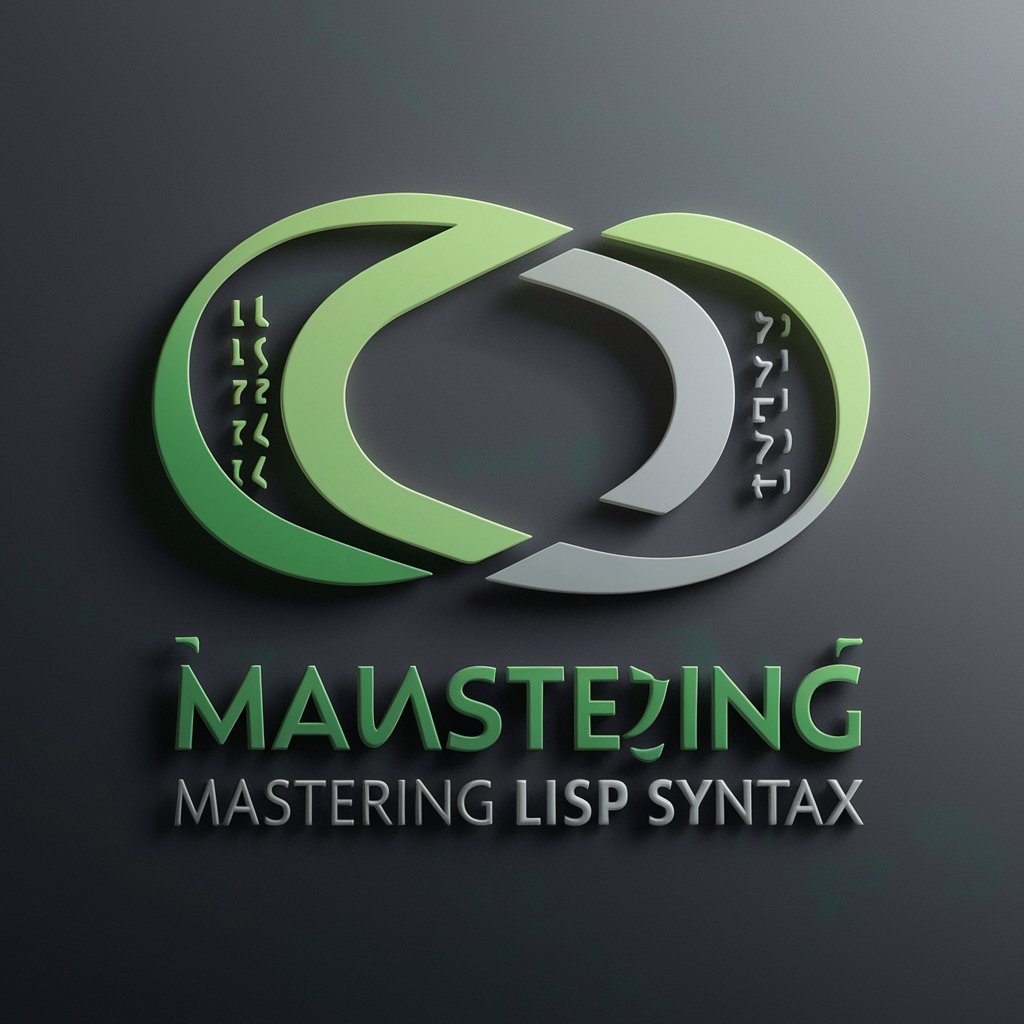
Welcome to mastering the elegance of Lisp!
Demystifying Lisp Syntax with AI
Explain the syntax for defining functions in Common Lisp.
How do you handle recursion in Lisp?
What are S-expressions and how are they used?
Can you demonstrate how to create a simple game using Common Lisp?
Get Embed Code
Mastering Lisp Syntax: A Guide to Embracing Lisp's Unique Paradigm
📚 Mastering Lisp Syntax is designed to unravel the complexities and nuances of Common Lisp's syntax, which is often seen as daunting due to its extensive use of parentheses and perceived verbosity. This service focuses on demystifying Lisp's syntax, emphasizing its explicitness and clarity, which are crucial for writing clear and maintainable code. Through detailed explanations, examples, and tailored guidance, it aims to transform Lisp's unique syntax from a barrier to an advantage for developers. Whether it's explaining the structure of S-expressions, diving into recursion, or showcasing how Lisp's macros can be powerful tools for metaprogramming, 📚 Mastering Lisp Syntax serves as a comprehensive resource for learning and mastering Lisp. Powered by ChatGPT-4o。

Core Functions of Mastering Lisp Syntax
S-expression Clarification
Example
(setq x (list 1 2 3))
Scenario
Explains the role of S-expressions in representing both data and code, helping users grasp how Lisp blurs the line between code and data for powerful metaprogramming capabilities.
Recursion Demystification
Example
(defun factorial (n) (if (= n 0) 1 (* n (factorial (- n 1)))))
Scenario
Breaks down recursion in Lisp, illustrating how functions can elegantly call themselves to solve problems, such as calculating a factorial, in a concise manner.
Macro Utilization
Example
(defmacro with-open-file ((var file mode) &body body) `(let ((,var (open ,file :direction ,mode))) (unwind-protect (progn ,@body) (when ,var (close ,var)))))
Scenario
Teaches users how to write and use macros to extend Lisp's syntax, allowing for the creation of domain-specific languages and the encapsulation of common patterns in reusable code blocks.
Parentheses Navigation
Example
(let ((x 10) (y 20)) (+ x y))
Scenario
Provides strategies for managing Lisp's extensive use of parentheses, ensuring code is both readable and maintainable, while also leveraging Lisp's powerful IDEs for code formatting and organization.
Who Can Benefit from Mastering Lisp Syntax?
Beginner Lisp Developers
Individuals new to Lisp who may find the syntax unfamiliar or challenging. They will benefit from step-by-step guides that transform Lisp's unique features from hurdles to advantages.
Experienced Developers New to Lisp
Programmers proficient in other languages but new to Lisp. They can leverage their existing programming knowledge while adapting to Lisp's paradigm, focusing on understanding its powerful macros and functional programming capabilities.
Computer Science Students
Students studying computer science or related fields who seek to deepen their understanding of programming language theory, Lisp's history, and its influence on the development of software engineering principles.
AI and Machine Learning Enthusiasts
Individuals interested in AI and machine learning, given Lisp's historical significance in these fields. They will appreciate learning how Lisp's flexibility and expressiveness support complex AI algorithm development.

How to Utilize 📚 Mastering Lisp Syntax
1. Start Your Journey
Begin your Lisp learning adventure by visiting yeschat.ai. Enjoy a hassle-free experience with a free trial that requires no login or subscription to ChatGPT Plus.
2. Identify Your Needs
Evaluate your current understanding of Common Lisp and pinpoint areas you'd like to improve or explore, such as syntax, recursion, or specific project assistance.
3. Engage with the Tool
Use the tool to ask specific questions about Lisp syntax, request examples of Lisp code, or seek guidance on your Lisp projects. The more detailed your questions, the more tailored the assistance.
4. Practice Regularly
Incorporate the insights and examples provided into your own Lisp projects. Practice regularly to reinforce learning and gain confidence in using Lisp syntax effectively.
5. Explore Advanced Features
As you become more comfortable with the basics, use 📚 Mastering Lisp Syntax to explore more advanced Lisp features and concepts, enhancing your programming skills.
Try other advanced and practical GPTs
Machine Learning Educator
Empowering your AI journey with intelligent learning.
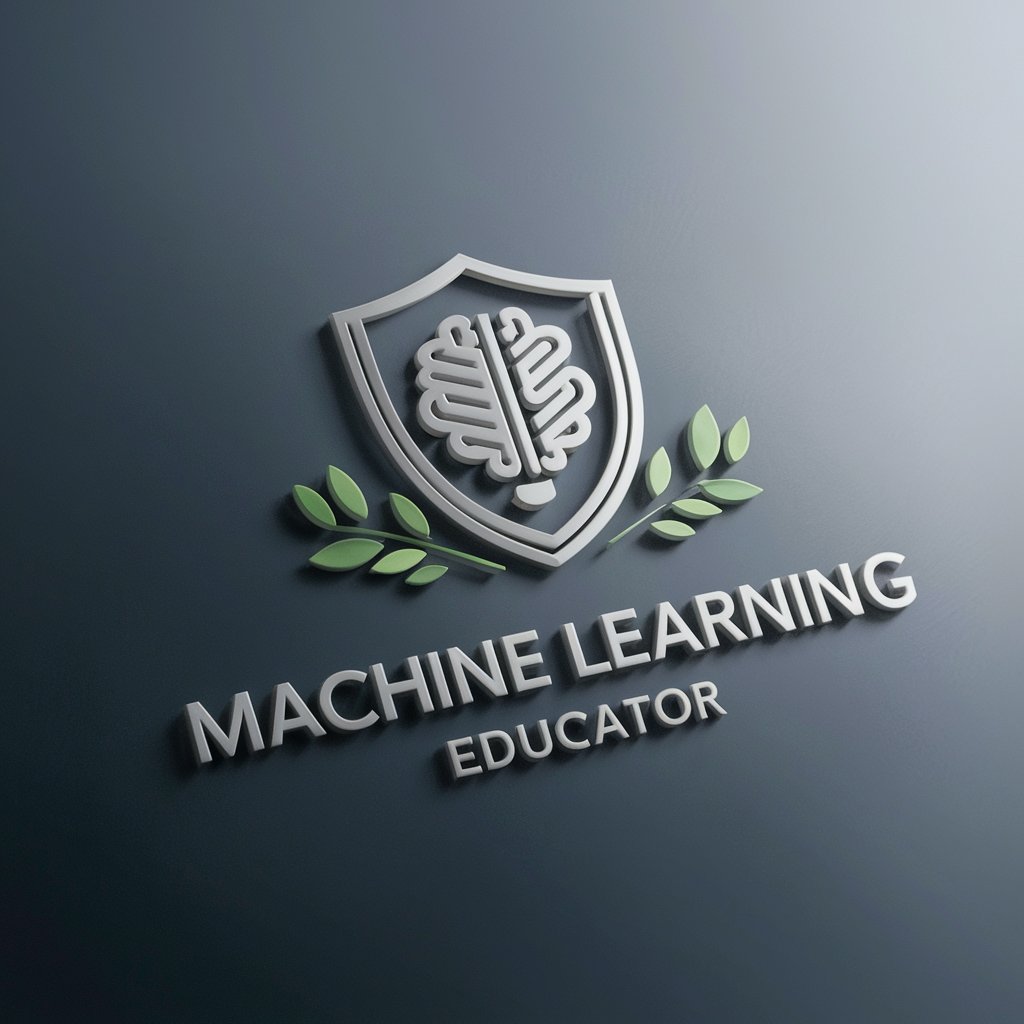
Deep Thinker
Ignite curiosity, deepen understanding.
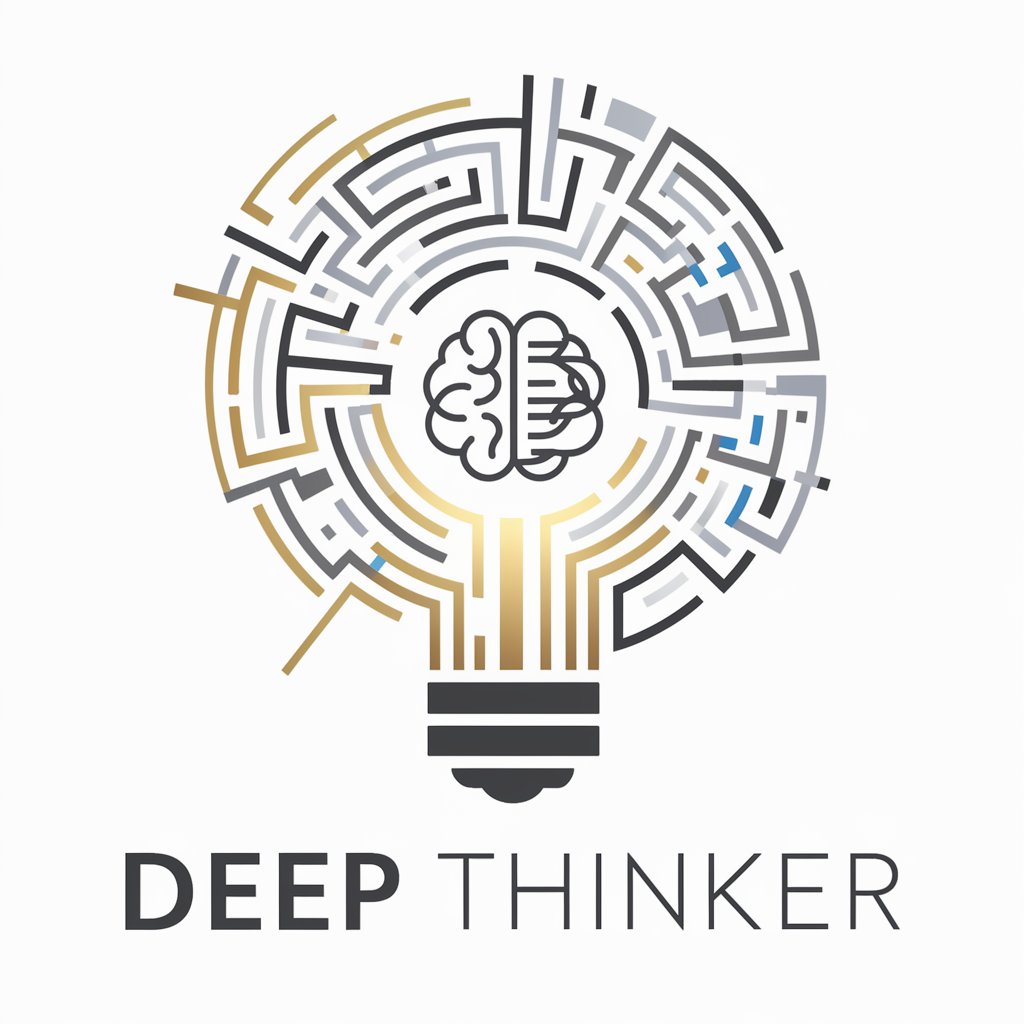
AI MISTAKES
Empower Innovation with AI
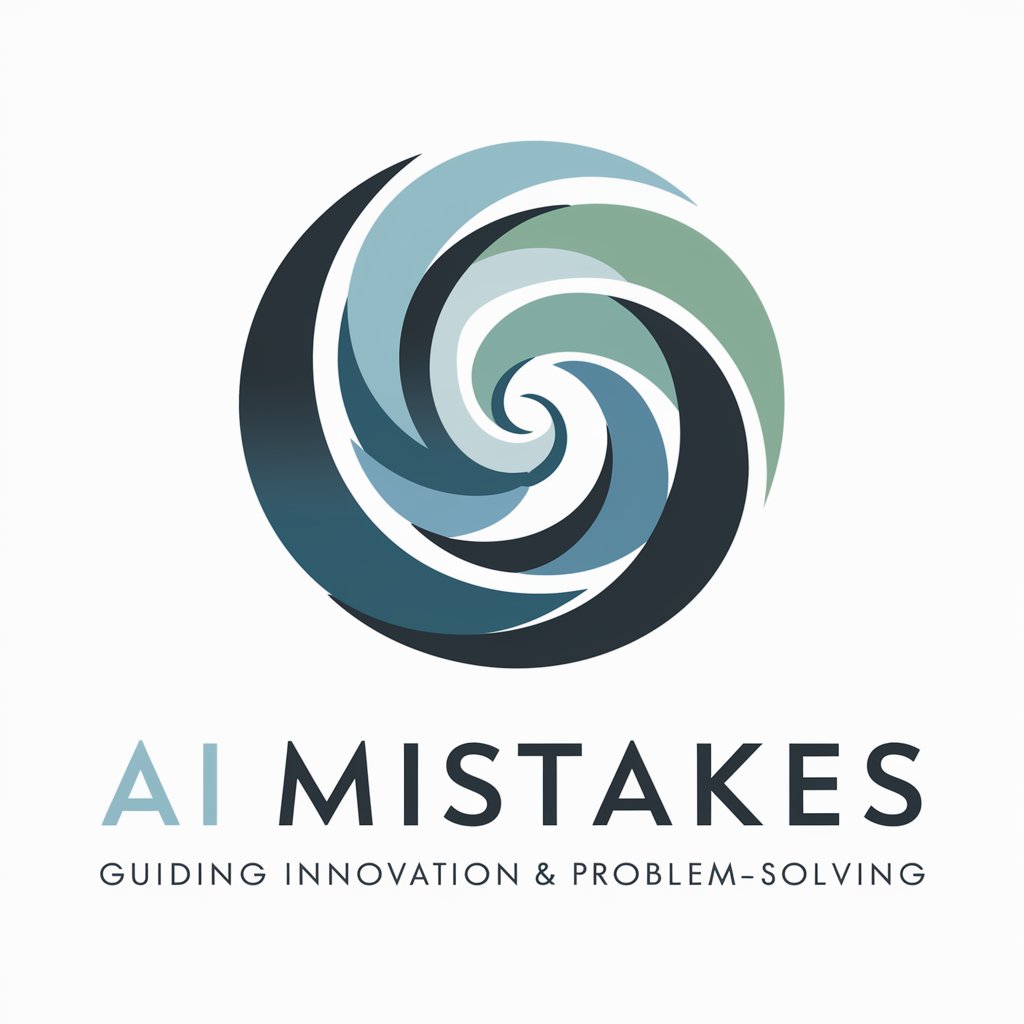
Codeforces solver
AI-powered solutions for Codeforces problems.

Problem Review and Definition
AI-Powered Problem Dissection and Redefinition
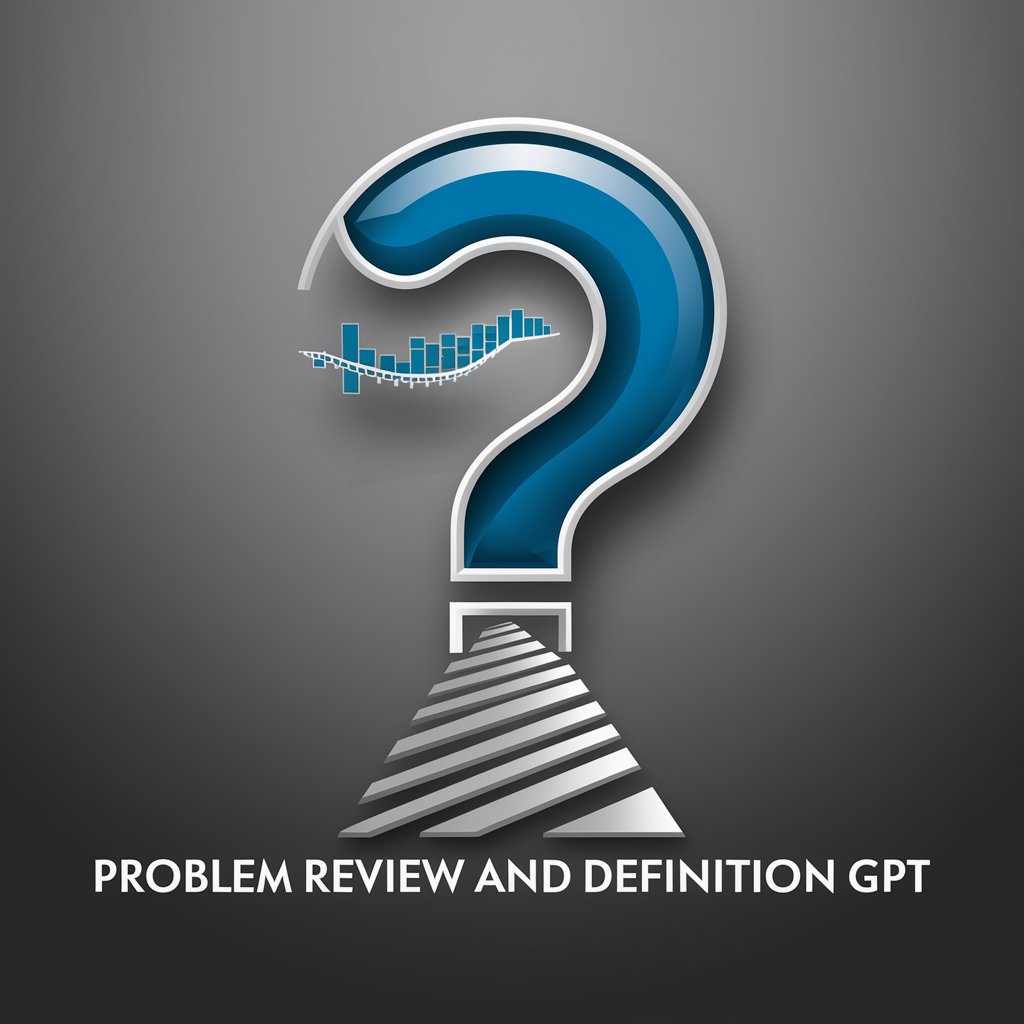
Posture Perfect Fitness Coach
Elevate Your Posture with AI

Military Family Guide
Empowering military families with AI-driven support

E-3 PFC Guiding
AI-Powered Military Skill Development
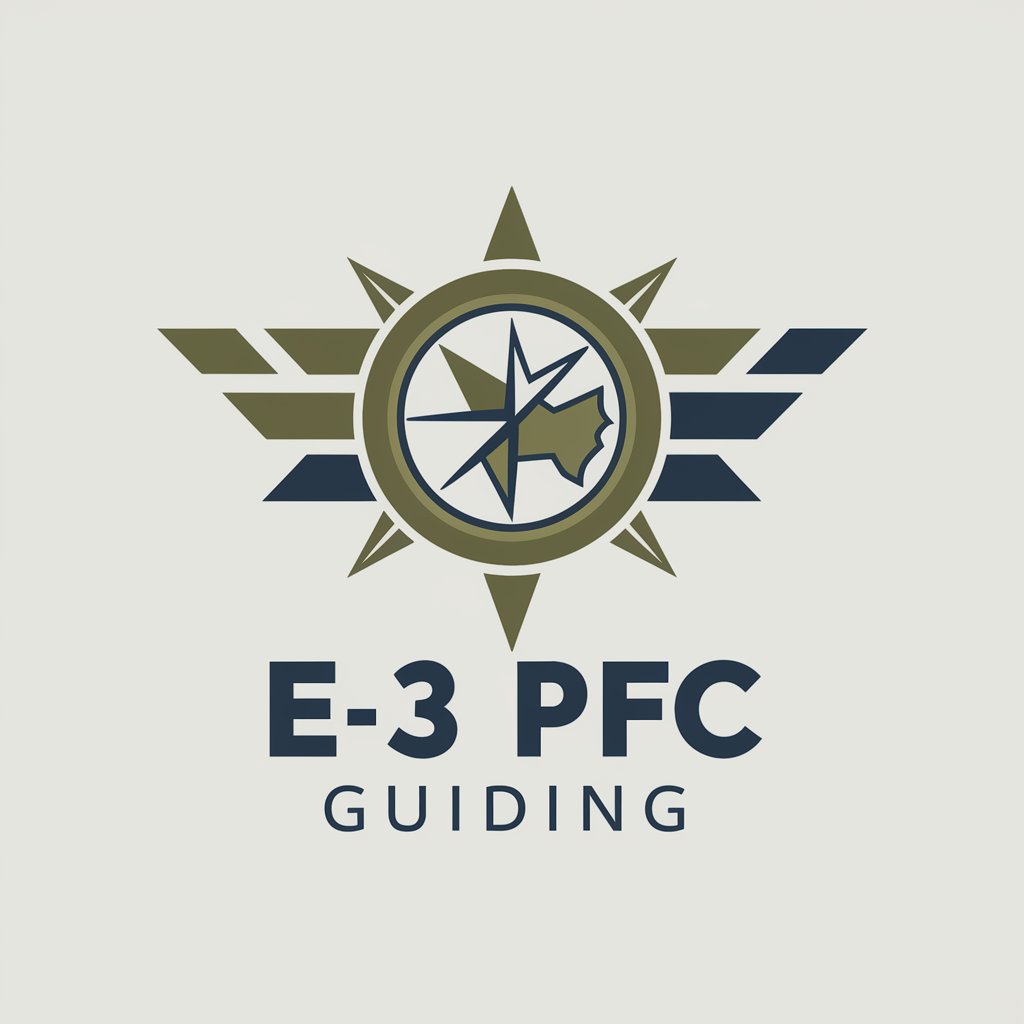
Empathic Echo
Converse with Compassion and Intelligence

Javascript GDPR Compliance: Code with Confidence
Secure data handling, powered by AI
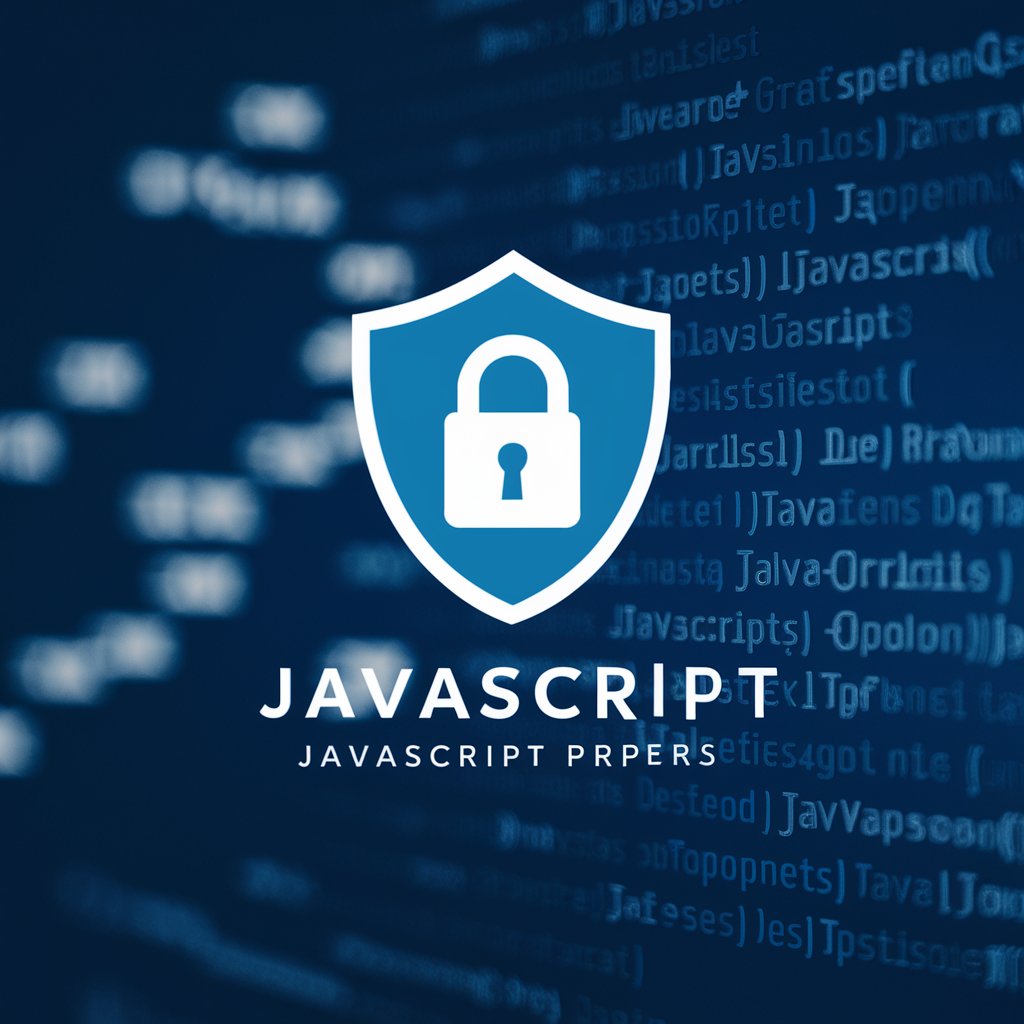
Compliance Advisor - GDPR, CCPA, CAN-SPAM, CASL
Navigating Compliance with AI Precision

Kotlin's Scope Functions: Streamline Your Code
Streamline Kotlin code with AI-powered scope functions
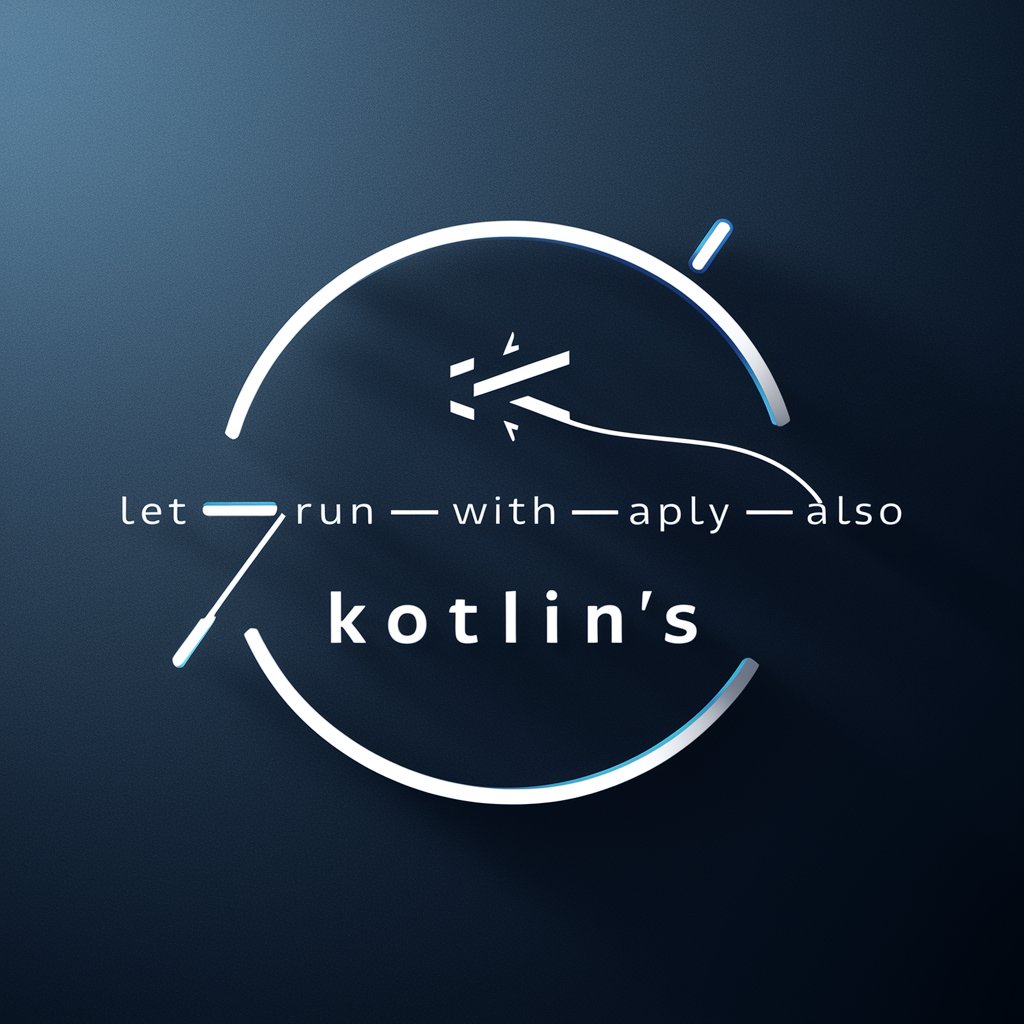
Frequently Asked Questions about 📚 Mastering Lisp Syntax
What makes 📚 Mastering Lisp Syntax unique?
📚 Mastering Lisp Syntax stands out for its focus on the intricate syntax of Common Lisp, guiding users through its complexities with personalized, in-depth explanations and examples tailored to their specific needs and projects.
Can beginners use this tool effectively?
Absolutely. The tool is designed to assist users at all levels of Lisp expertise, from beginners learning the basics of Lisp syntax to advanced users tackling complex projects.
How can 📚 Mastering Lisp Syntax help with Lisp projects?
The tool provides detailed code examples, project guidance, and explanations of Lisp concepts, enabling users to apply these insights directly to their own Lisp projects for more efficient and effective development.
Does the tool offer guidance on Lisp's recursion and functional programming?
Yes, it covers a wide range of Lisp programming concepts, including recursion and functional programming, providing users with a deep understanding of these important Lisp programming paradigms.
Is there support for understanding and debugging Lisp code?
Yes, users can receive assistance in understanding how Lisp code works, debugging their own code, and learning best practices for writing clean, efficient Lisp programs.
